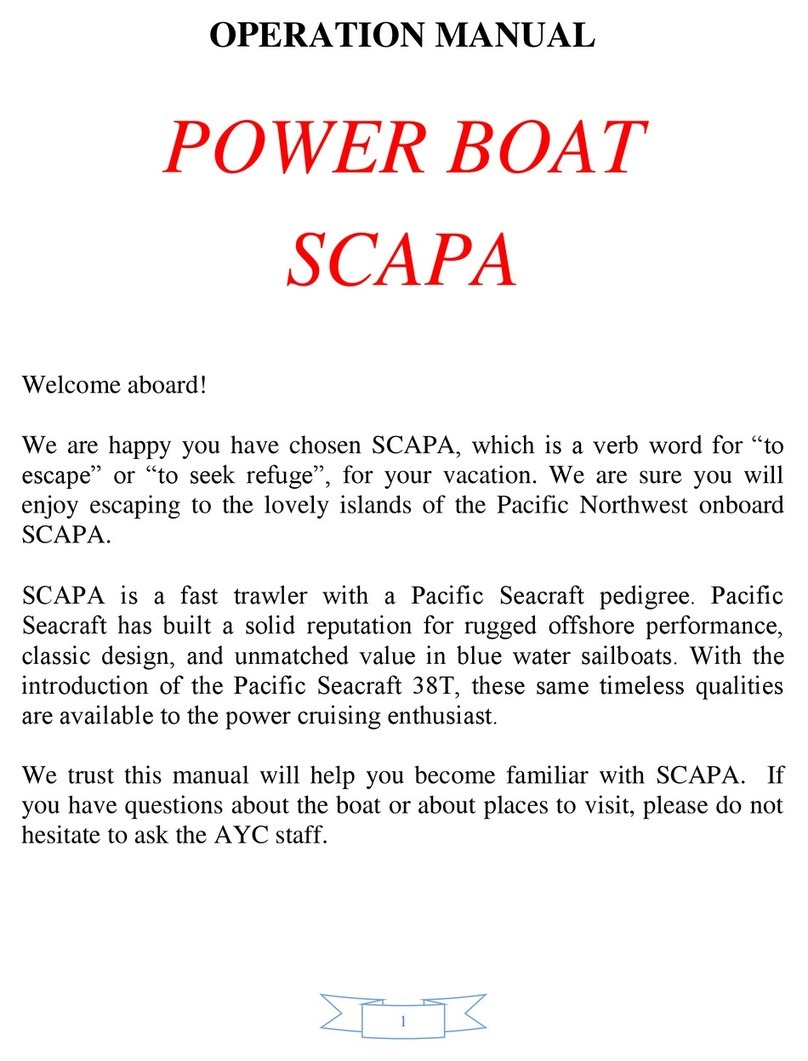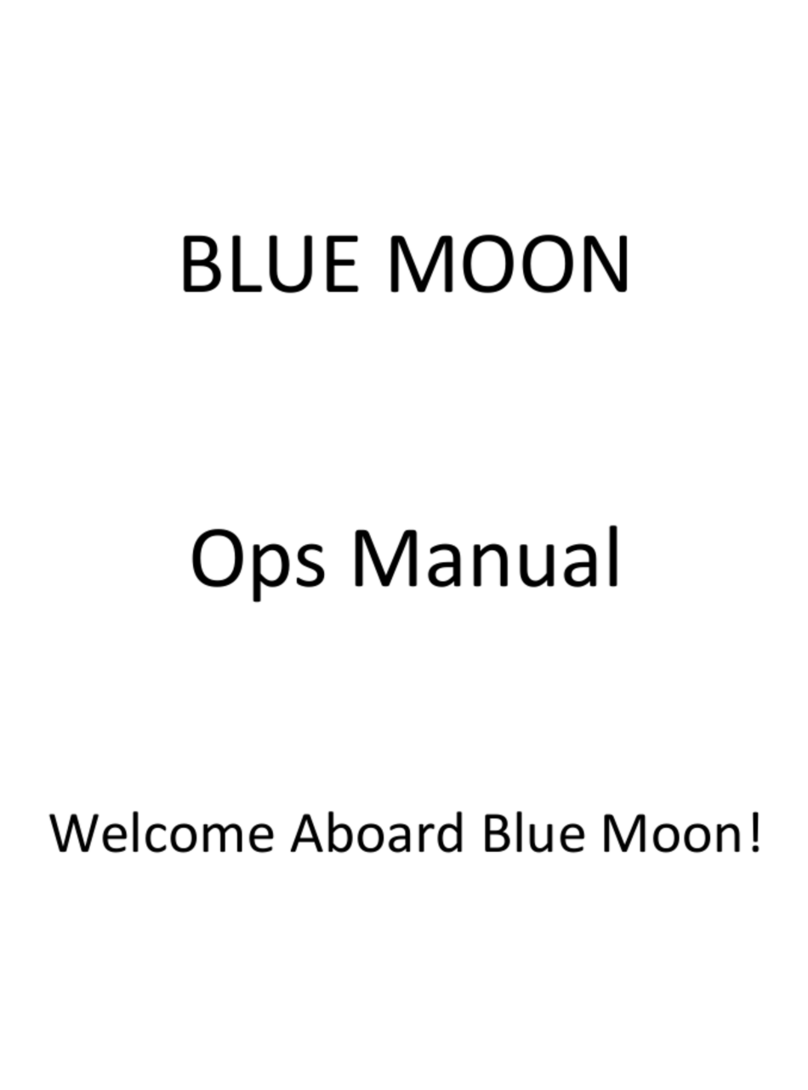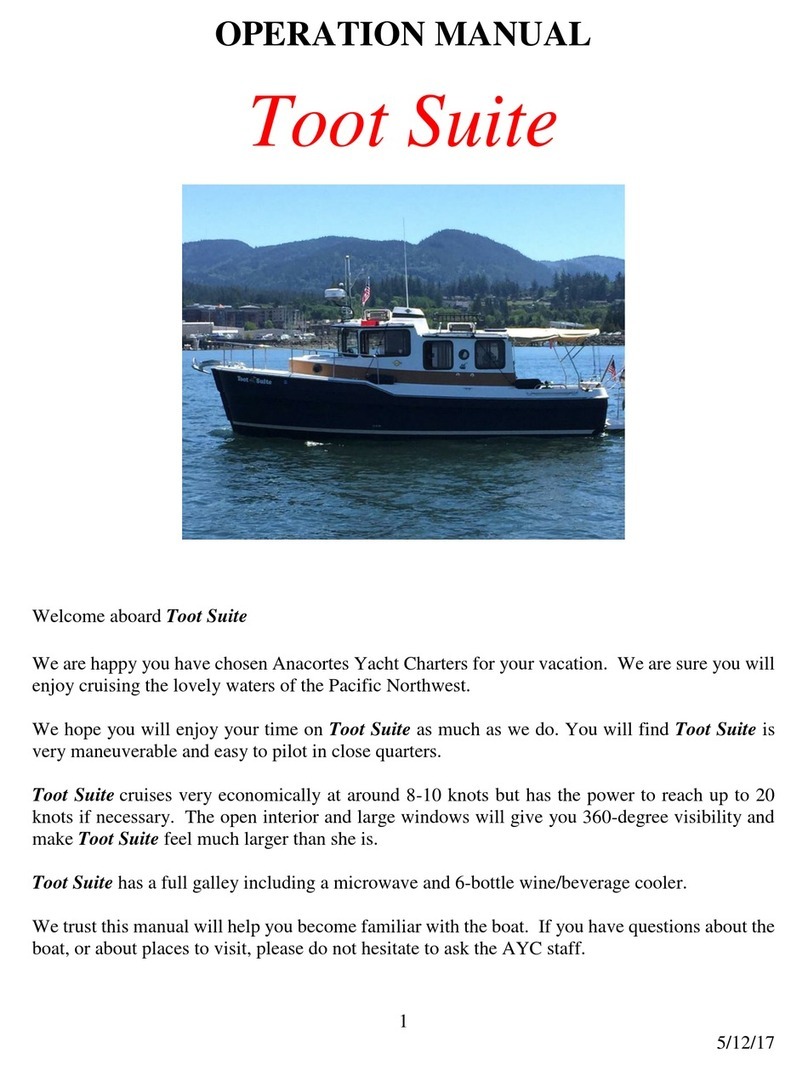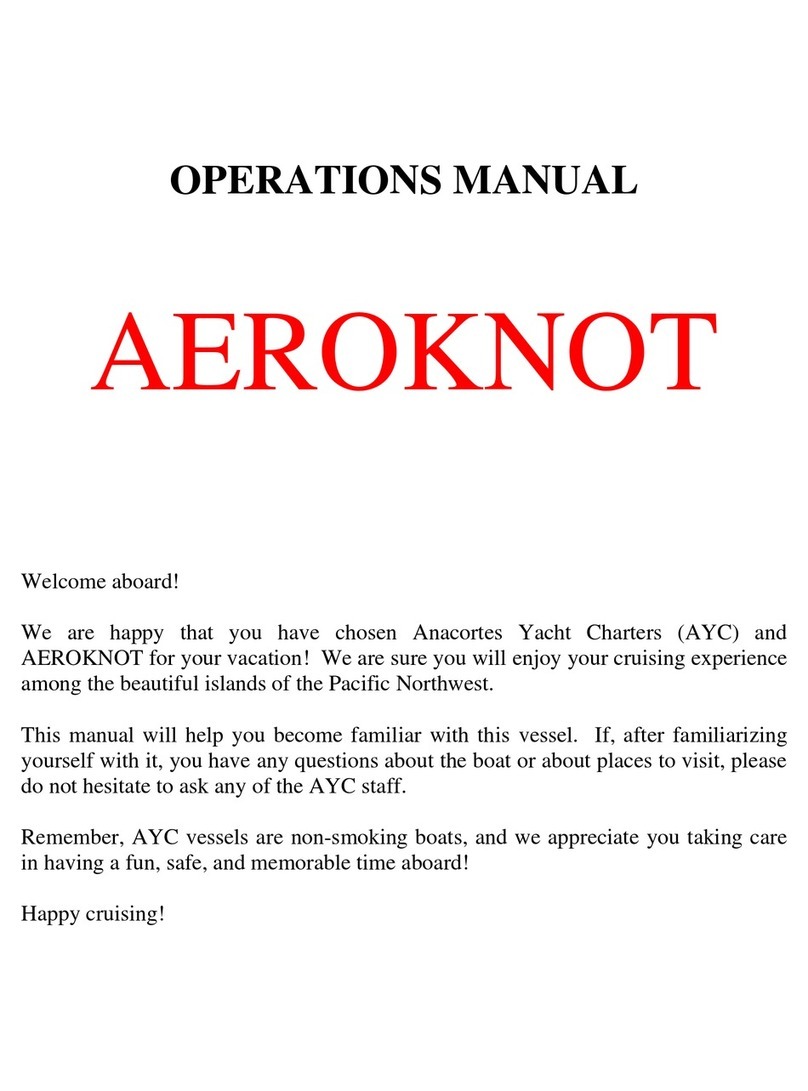Anacortes Yacht Charters Adventure User manual
Other Anacortes Yacht Charters Boat manuals

Anacortes Yacht Charters
Anacortes Yacht Charters Surprise User manual

Anacortes Yacht Charters
Anacortes Yacht Charters Meg Ann lll 1998 5788 Bayliner User manual

Anacortes Yacht Charters
Anacortes Yacht Charters SCAPA Installation manual

Anacortes Yacht Charters
Anacortes Yacht Charters BLUE MOON User manual

Anacortes Yacht Charters
Anacortes Yacht Charters Adventure User manual

Anacortes Yacht Charters
Anacortes Yacht Charters Toot Suite User manual

Anacortes Yacht Charters
Anacortes Yacht Charters Orcastrate SUN MAJIC User manual

Anacortes Yacht Charters
Anacortes Yacht Charters AEROKNOT User manual
Popular Boat manuals by other brands

Jeanneau
Jeanneau SUN ODYSSEY 41 DS owner's manual

Meridian
Meridian 490 Pilothouse owner's manual

Advanced Elements
Advanced Elements AdvancedFrame Expedition AE1009 owner's manual

Robo Marine Indonesia
Robo Marine Indonesia GEOMAR user manual

Swallow Boats
Swallow Boats BayRaider owner's manual

X SHORE
X SHORE EELEX 8000 owner's manual





















